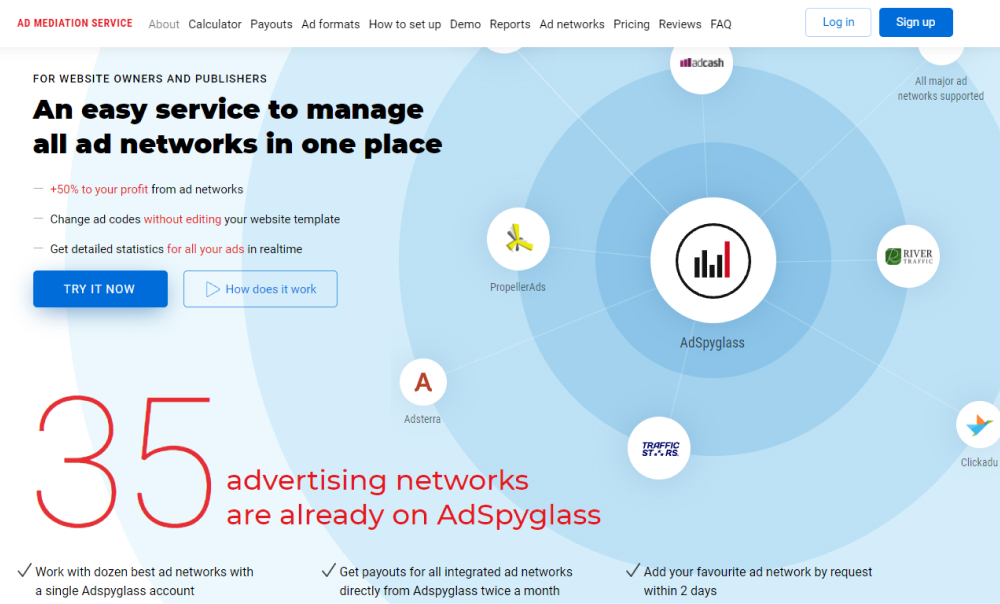The term “Information Architecture” or IA refers to organizing, structuring, and labeling a certain content so it can provide maximum effectiveness and comfort to the users. The main target of the IA is to improve the UX and assist the new visitor to find any information they look for and complete any tasks needed really quickly.
In other words, information architecture is aimed at helping users to navigate in site’s content and form up a successful content strategy based on selecting the right words and structure the information in the most efficient way, improve the interface design, and boost user experience.
The basic components of IA include:
- Organization Schemes and Structures (the way you build and structure the content)
- Labeling Systems (the way you represent information)
- Navigation Systems (the way users browse or analyze content)
- Search Systems (the way users look for information and find the most relevant content)
In the information architecture system, there are 3 main elements to consider:
- Context (what field your piece of information refers to: culture, business, resources, etc)
- Content (data types, content structure, and objectives, volume, and keywords, governance and ownership)
- Users (audience, goals, needs, user behavior, and experience)
Information Architecture is now a key aspect of enhancing the UX by improving the websites / mobile apps and assists users in site navigating and information processing.
